Home>diy>Building & Construction>What Is The Construction Industry
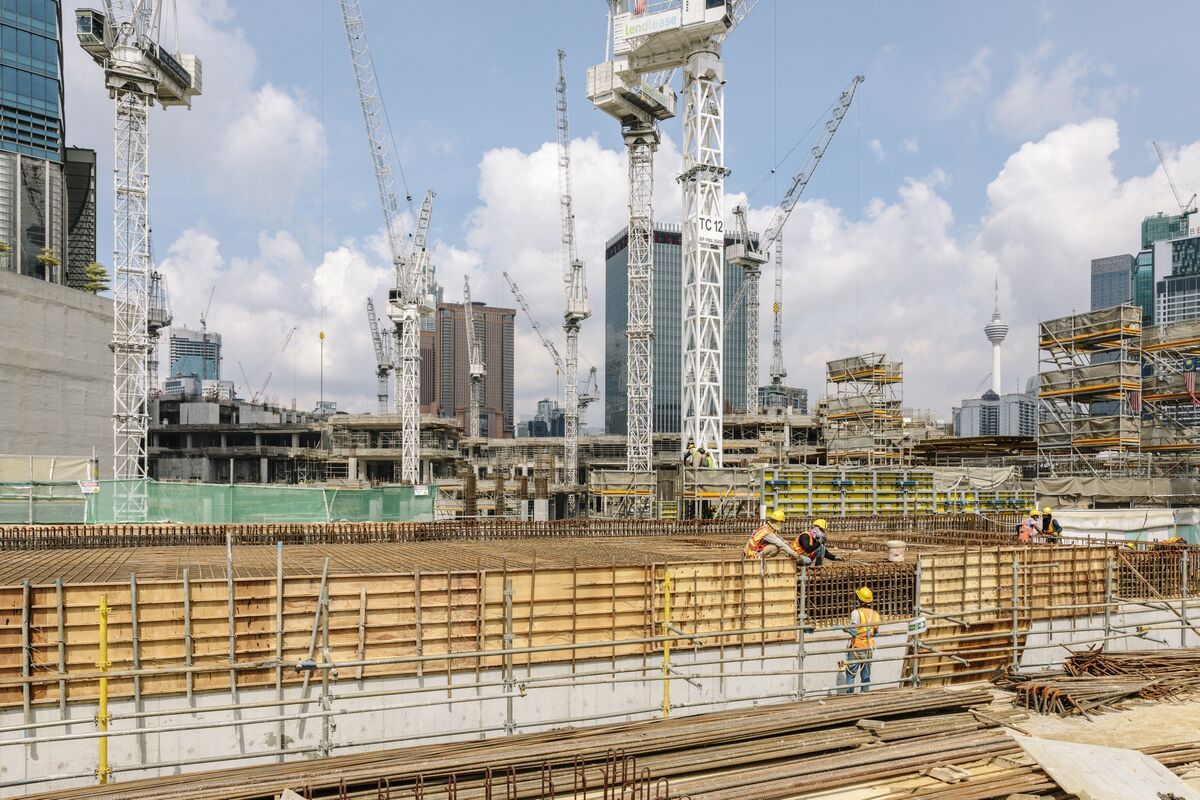

Building & Construction
What Is The Construction Industry
Modified: January 9, 2024
Discover the ins and outs of the building construction industry and learn everything you need to know about this dynamic field. Gain insights and explore career opportunities in construction.
(Many of the links in this article redirect to a specific reviewed product. Your purchase of these products through affiliate links helps to generate commission for Storables.com, at no extra cost. Learn more)
Introduction
The construction industry is a vital sector that plays a significant role in the development and growth of economies worldwide. It encompasses a wide range of activities involved in the planning, design, construction, and maintenance of various structures, including residential buildings, commercial complexes, infrastructure projects, and industrial facilities.
This industry is known for its diverse and dynamic nature, with projects varying in scale, complexity, and purpose. From towering skyscrapers to roads, bridges, and even underground tunnels, the construction industry shapes the physical landscape we live in and impacts our daily lives in numerous ways.
Construction is not just about building structures; it is an intricate process that requires collaboration between architects, engineers, contractors, subcontractors, and skilled workers from various trades. This teamwork ensures that projects are completed efficiently, adhering to safety standards and delivering high-quality results.
As an industry, construction contributes to job creation, economic growth, and infrastructure development. It provides employment opportunities for millions of people worldwide, from carpenters and electricians to project managers and engineers. Moreover, construction projects stimulate economic activity by generating demand for materials, equipment, and services.
In this article, we will explore the construction industry in more detail and delve into its importance, key players, types of construction projects, project phases, challenges, and future trends. By the end, you will have a comprehensive understanding of the construction industry’s significance and the factors that shape its evolution.
Key Takeaways:
- The construction industry is a diverse and vital sector that drives economic growth, infrastructure development, and job creation. It encompasses various project types and faces challenges such as labor shortages and sustainability concerns.
- Future trends in the construction industry include the increased adoption of technology, offsite construction, sustainability practices, and resilient design. Embracing these trends will enhance efficiency, safety, and sustainability in construction projects.
Read more: What Type Of Industry Is Construction
Definition of the Construction Industry
The construction industry can be defined as a sector that encompasses all activities related to the planning, design, construction, renovation, and maintenance of structures and infrastructure. It involves the collaboration of professionals from various disciplines to ensure the successful completion of projects.
This industry can be broadly categorized into three sectors:
- Building Construction: This sector focuses on the construction of residential, commercial, and institutional buildings. It involves the construction of new structures as well as the renovation and remodeling of existing ones.
- Infrastructure Construction: This sector deals with the development of public infrastructure, such as roads, bridges, airports, railways, and water supply systems. It plays a crucial role in enhancing transportation, communication, and other essential services.
- Industrial Construction: This sector is dedicated to constructing specialized facilities for manufacturing, energy production, mining, and other industrial purposes. It requires specific knowledge of safety regulations, equipment, and materials related to the industrial sector.
Within these sectors, the construction industry encompasses a wide range of activities, including site surveys, architectural and engineering design, procurement of materials and equipment, project management, construction execution, and maintenance.
It is important to note that the construction industry is not confined to the physical construction of structures alone. It also includes related services such as electrical and plumbing installations, HVAC systems, interior design, landscaping, and more. These services contribute to the functionality, safety, and aesthetics of the completed projects.
The construction industry is undoubtedly diverse, encompassing both large-scale projects and small-scale renovations. It involves a complex network of stakeholders, including clients, contractors, subcontractors, suppliers, and regulatory authorities. Each participant has a specific role and responsibility in ensuring the successful completion of a construction project.
In summary, the construction industry encompasses all activities related to the planning, design, construction, and maintenance of structures and infrastructure. It plays a vital role in shaping the built environment and contributes significantly to economic growth and development.
Importance of the Construction Industry
The construction industry is of paramount importance to the economy, society, and the overall development of a country. Here are some key reasons why the construction industry holds such significance:
- Economic Growth: The construction industry is a major contributor to economic growth. It generates significant employment opportunities across various sectors, creates demand for raw materials, equipment, and services, and stimulates economic activity. The industry’s output and investments have a multiplier effect on other industries, fostering economic development.
- Infrastructure Development: The construction industry plays a vital role in developing critical infrastructure, including roads, bridges, airports, railways, seaports, and utilities. Quality infrastructure is essential for efficient transportation, communication, and the provision of essential services, driving economic productivity and enhancing the quality of life for communities.
- Job Creation: Construction projects require a diverse workforce, ranging from skilled tradespeople to project managers and engineers. The industry provides employment opportunities for individuals with various skill sets and educational backgrounds. This not only helps reduce unemployment rates but also supports the growth of a skilled labor force.
- Urbanization and Housing: As populations continue to grow and migrate to urban areas, the construction industry plays a crucial role in accommodating this urbanization. It is responsible for constructing residential buildings, commercial complexes, and other structures that provide housing and facilitate economic activities in urban centers.
- Technology and Innovation: The construction industry is constantly evolving, driven by advancements in technology and innovation. From Building Information Modeling (BIM) to virtual reality, drones, and 3D printing, technology has revolutionized the way construction projects are designed, planned, and executed. These advancements improve efficiency, safety, and sustainability in the industry.
- Community Development: Construction projects contribute to the development of local communities. They create public spaces, recreational facilities, educational institutions, healthcare centers, and cultural landmarks that improve the quality of life for residents. Additionally, construction companies often engage in corporate social responsibility initiatives, supporting community development programs.
- Sustainability and Environmental Impact: The construction industry is increasingly focused on sustainable practices and reducing its environmental impact. From incorporating renewable energy sources to using eco-friendly materials and implementing green building practices, the industry plays a crucial role in creating a more sustainable and resilient future.
The importance of the construction industry cannot be overstated. It is a driver of economic growth, job creation, infrastructure development, and community improvement. The industry’s ability to adapt to technological advancements and embrace sustainability will shape its future and ensure its continued significance.
Key Players in the Construction Industry
The construction industry is a complex and collaborative field that involves various stakeholders playing distinct roles. Let’s explore some of the key players in the construction industry:
- Clients: Clients are the individuals, organizations, or government agencies that initiate construction projects. They define the project goals, budget, and timeline, and provide the necessary funding. It is essential for clients to have a clear vision and communicate their requirements effectively to ensure a successful project outcome.
- Architects: Architects are responsible for the design and planning of construction projects. They work closely with clients to understand their needs and translate them into functional and aesthetically pleasing designs. Architects also coordinate with engineers and other professionals to ensure the feasibility and structural integrity of the designs.
- Engineers: Engineers play a crucial role in the construction industry, specializing in various disciplines such as civil, structural, electrical, mechanical, and environmental engineering. They ensure that the designs meet technical and safety standards, calculate structural loads, design systems, and oversee the construction process to ensure compliance with regulations.
- Contractors: Contractors are responsible for the construction and execution of the projects. They manage the day-to-day operations, hire subcontractors, and coordinate the various trades involved in the construction process. Contractors ensure that projects are completed on time, within budget, and according to the specifications outlined in the contracts.
- Subcontractors: Subcontractors are specialized tradespeople or companies hired by the main contractors to perform specific tasks within a project. They may be responsible for electrical work, plumbing, HVAC systems, painting, or other specialized trades. Subcontractors bring their expertise to the project and work under the supervision of the contractors.
- Suppliers: Suppliers provide the necessary construction materials, equipment, and tools required for a project. They play a vital role in ensuring the timely delivery of high-quality materials, and their expertise in sourcing and providing construction supplies is critical to the success of a project. Suppliers also contribute to the industry’s competitiveness and sustainability by offering innovative and sustainable products.
- Regulatory Authorities: Regulatory authorities are responsible for enforcing building codes, zoning regulations, and safety standards. They review and approve construction plans, inspect construction sites, and issue permits and licenses. Regulatory authorities ensure that construction projects comply with legal and safety requirements, protecting public welfare and ensuring the integrity of the built environment.
- Skilled Workers: Skilled workers are the backbone of the construction industry. They include carpenters, electricians, plumbers, masons, welders, and other tradespeople who carry out the physical construction tasks. Their expertise and craftsmanship are essential in translating the plans and designs into tangible structures.
The successful completion of a construction project relies on the collaboration and effective communication among these key players. Each player brings their unique skills and expertise to the table, ensuring that projects are designed, executed, and completed to the satisfaction of the clients and meeting the industry’s standards and regulations.
Types of Construction Projects
The construction industry encompasses a wide array of projects, each with its unique requirements and specifications. Let’s explore some of the common types of construction projects:
- Residential Construction: This type of construction involves the building of homes, apartments, condominiums, and other residential buildings. It can range from single-family houses to large-scale residential complexes.
- Commercial Construction: Commercial construction focuses on constructing buildings used for commercial purposes, such as offices, retail stores, restaurants, hotels, and warehouses. These projects typically require specialized MEP (mechanical, electrical, and plumbing) systems and often involve extensive interior design and fit-out work.
- Institutional Construction: Institutional construction involves the building of institutions such as schools, universities, hospitals, government offices, libraries, and religious buildings. These projects have specific design and functionality requirements to cater to the needs of the users.
- Industrial Construction: Industrial construction focuses on developing facilities for manufacturing, production, and industrial processes. These projects include factories, power plants, refineries, warehouses, and distribution centers. They often require specialized infrastructure, equipment, and systems tailored to the particular industry involved.
- Infrastructure Construction: Infrastructure construction involves the development of public facilities and systems necessary for transportation, communication, water supply, and sewage treatment. It includes roadways, bridges, tunnels, airports, seaports, railways, and utility networks. These projects are essential for the functioning and connectivity of cities and regions.
- Renovation and Remodeling: Renovation and remodeling projects involve making improvements or modifications to existing structures. This can include updating interiors, replacing systems, adding new features, and enhancing energy efficiency. Renovation projects can range from minor repairs to major overhauls of entire buildings.
- Green Construction: Green construction, also known as sustainable construction, focuses on using eco-friendly materials and practices to minimize environmental impact. These projects prioritize energy efficiency, water conservation, waste reduction, and the use of renewable resources. Green construction can be applied to various project types, promoting sustainability and reducing the building’s lifecycle costs.
- Public Works Construction: Public works construction involves projects funded by governmental agencies to improve public infrastructure and facilities. These projects include park development, street and sidewalk construction, water and wastewater treatment plants, and public transportation systems.
Each type of construction project has its specific challenges and requirements. Understanding the nuances of each project type is essential to ensure successful project planning, design, and execution. This knowledge allows construction professionals to tailor their approach and deliver projects that meet the needs of clients and end-users.
Tip: The construction industry encompasses the planning, design, and building of structures and infrastructure. It includes residential, commercial, and industrial projects, as well as civil engineering and infrastructure development.
Read more: What Is The Future Of Construction Industry
Phases of a Construction Project
A construction project typically goes through several distinct phases, from initial planning to project completion. Understanding these phases is crucial for the successful execution and management of construction projects. Let’s explore the common phases involved:
- Pre-Construction Phase: This phase involves the initial planning and preparation of a construction project. It includes activities such as conducting feasibility studies, site surveys, obtaining necessary permits and approvals, and securing funding. During this phase, project stakeholders define the project objectives, scope, budget, and timeline.
- Design Phase: In this phase, architects, engineers, and designers collaborate to develop the project’s detailed design. This includes creating architectural drawings, structural plans, electrical and mechanical systems design, and cost estimations. The design phase ensures that the project meets the client’s requirements, complies with regulations, and is technically feasible.
- Procurement Phase: During this phase, the necessary construction materials, equipment, and services are procured. Contractors and project managers work on obtaining competitive bids from suppliers, negotiating contracts, and ensuring the availability of resources needed for construction. Effective procurement management is crucial to control costs, ensure quality, and maintain project schedules.
- Construction Phase: This is the phase where the actual construction work takes place. It involves site preparation, foundation work, structural construction, installation of electrical and mechanical systems, and interior finishes. Contractors and subcontractors manage the construction process, coordinating and supervising the workforce, and ensuring adherence to safety regulations and quality standards.
- Testing and Commissioning Phase: Once the construction work is completed, the testing and commissioning phase begins. This involves conducting thorough checks and tests on all systems, including electrical, plumbing, HVAC, and fire safety systems, to ensure proper functionality. This phase aims to detect and address any deficiencies or issues before the project is handed over to the client.
- Handover and Occupation Phase: In this phase, the completed project is handed over to the client. The client inspects the project and verifies that it meets the agreed-upon specifications and quality standards. Once approved, the client takes possession of the project and may begin occupancy or operations.
- Maintenance and Operations Phase: After the project is occupied, the maintenance and operations phase begins. This phase involves ongoing maintenance, repairs, and facility management to ensure that the project continues to function optimally. Regular inspections, preventive maintenance, and necessary repairs are carried out to prolong the lifespan and efficiency of the constructed facility.
It is important to note that these phases may overlap or have variations depending on the size, complexity, and type of construction project. Effective project management and communication among all stakeholders are crucial to ensure the smooth progression of each phase and the overall success of the project.
Challenges Faced by the Construction Industry
The construction industry is a challenging and dynamic sector that faces various obstacles in project execution. Some of the common challenges faced by the construction industry include:
- Project Delays: Construction projects are often subject to delays caused by factors such as weather conditions, unforeseen site conditions, and changes in project scope. Delays can have a significant impact on project schedules, budgets, and client satisfaction. Effective project planning, risk management, and communication can help mitigate delays.
- Cost Overruns: Construction projects can experience cost overruns due to factors such as material price fluctuations, design changes, and unforeseen site conditions. Managing and controlling project costs through accurate budgeting, value engineering, and effective procurement management are crucial to avoid significant financial impacts.
- Safety and Health Risks: Construction sites can be hazardous environments, exposing workers to various safety and health risks. Ensuring proper safety protocols, training programs, and controlling potential hazards are essential to protect the well-being of workers and minimize accidents and injuries on construction sites.
- Skilled Labor Shortage: The construction industry often faces challenges in attracting and retaining skilled labor. The shortage of skilled tradespeople, such as carpenters, electricians, and plumbers, can impact project timelines and quality. Initiatives promoting vocational training, apprenticeship programs, and industry collaboration can help address this shortage.
- Environmental Sustainability: The construction industry faces increasing pressure to adopt sustainable practices and reduce its environmental footprint. Incorporating green building techniques, using energy-efficient materials, and implementing waste management strategies can help address environmental concerns and ensure compliance with regulations.
- Poor Communication and Collaboration: Construction projects involve multiple stakeholders, including clients, designers, contractors, and subcontractors. Ineffective communication and collaboration among these parties can lead to misunderstandings, conflicts, and delays. Establishing clear lines of communication, proactive stakeholder engagement, and utilizing project management tools can improve collaboration and mitigate potential issues.
- Regulatory Compliance: The construction industry is subject to various regulations, codes, and permits that must be adhered to. Complying with these requirements can be challenging, particularly when dealing with multiple jurisdictions or complex projects. Staying updated on regulatory changes, working closely with regulatory authorities, and maintaining proper documentation are crucial for maintaining compliance.
- Technology Adoption: The construction industry, traditionally slower to adopt new technologies, faces challenges in integrating and utilizing emerging technologies effectively. Embracing technologies such as Building Information Modeling (BIM), drones, and construction management software can improve project efficiency, communication, and decision-making.
Successful navigation of these challenges requires proactive project management, effective risk assessment and mitigation strategies, investment in training and development, and a commitment to continuous improvement. The construction industry must adapt to evolving demands, embrace innovation, and foster collaboration to overcome these challenges and ensure the efficient and sustainable delivery of construction projects.
Future Trends in the Construction Industry
The construction industry is constantly evolving, driven by advancements in technology, shifts in societal needs, and a growing focus on sustainability. Several trends are expected to shape the future of the construction industry:
- Increased Adoption of Building Information Modeling (BIM): BIM technology enables the creation of virtual 3D models that integrate data and information about a construction project. This technology improves collaboration, coordination, and communication among project stakeholders, resulting in enhanced project efficiency and reduced costs.
- Offsite Construction and Prefabrication: Offsite construction and prefabrication involve the manufacturing of building components in a controlled environment and the assembly at the construction site. This method improves construction speed, quality control, and reduces waste. It also allows for greater customization and design flexibility.
- Integration of Internet of Things (IoT) and Smart Building Solutions: IoT and smart building solutions enable the integration of devices and sensors into buildings, allowing real-time monitoring, data collection, and analysis. This technology enhances energy efficiency, improves maintenance and operation, and enhances occupant comfort and safety.
- Sustainable Construction Practices: Sustainability will continue to be a key focus in the construction industry. Builders and developers are incorporating green building practices, renewable energy sources, and sustainable materials to reduce environmental impact and create more energy-efficient and eco-friendly buildings.
- Robotics and Automation: Robotics and automation are transforming various construction tasks, such as bricklaying, welding, and material handling. Autonomous vehicles and drones are being used for site surveys and inspections, improving safety and efficiency. This trend is expected to reduce labor-intensive tasks, increase productivity, and improve safety on construction sites.
- Virtual Reality (VR) and Augmented Reality (AR): VR and AR technologies are being utilized in the construction industry for design visualization, virtual walkthroughs, and project simulations. These technologies enable stakeholders to visualize and experience the project before construction begins, identifying potential issues and improving decision-making.
- Advanced Project Management Software: Project management software and cloud-based collaboration platforms are becoming more prevalent in the construction industry. These tools streamline communication, document management, and project tracking, improving overall project coordination and efficiency.
- Renewable Energy Installations: The demand for renewable energy installations such as solar panels and wind turbines is increasing. Construction companies are incorporating renewable energy systems into their projects to meet sustainability goals and reduce energy costs for buildings and infrastructure.
- Focus on Resilient and Disaster-Resistant Construction: With the increasing frequency of natural disasters, there is a growing emphasis on resilient and disaster-resistant construction. Builders are incorporating resilient design principles, such as reinforced structures, stormwater management, and flood-resistant materials, to enhance the resilience of buildings and infrastructure.
These future trends are transforming the construction industry, improving efficiency, sustainability, and safety. Construction companies that embrace these trends and invest in the necessary technologies and skillsets will be better positioned to meet the evolving demands of clients and the industry.
Conclusion
The construction industry plays a pivotal role in the development and growth of economies, shaping the physical landscape we live in and impacting our daily lives in numerous ways. It encompasses a diverse range of projects, from residential and commercial buildings to infrastructure and industrial facilities.
Throughout this article, we have explored the definition and importance of the construction industry. We have examined the key players involved, including clients, architects, engineers, contractors, subcontractors, and suppliers. Additionally, we have discussed the various types of construction projects, such as residential, commercial, institutional, industrial, and infrastructure construction.
Understanding the phases of a construction project, including pre-construction, design, procurement, construction, testing and commissioning, handover and occupation, and maintenance and operations, is crucial for successful project management and execution. We have also highlighted the challenges faced by the construction industry, such as project delays, cost overruns, safety risks, labor shortages, and the increasing focus on sustainability.
Looking ahead, we have identified several future trends that will shape the construction industry. These include the increased adoption of BIM, offsite construction and prefabrication, IoT and smart building solutions, sustainability practices, robotics and automation, virtual reality and augmented reality, advanced project management software, renewable energy installations, and resilient construction.
In conclusion, the construction industry is a dynamic and vital sector that drives economic growth, provides employment opportunities, and fosters infrastructure development. By embracing technology, sustainability, and collaborative practices, the construction industry can continue meeting the evolving needs of society and building a brighter future. As the industry evolves, it will be crucial for professionals to adapt and innovate, ensuring that construction projects are efficient, sustainable, and capable of improving the lives of individuals and communities.
Frequently Asked Questions about What Is The Construction Industry
Was this page helpful?
At Storables.com, we guarantee accurate and reliable information. Our content, validated by Expert Board Contributors, is crafted following stringent Editorial Policies. We're committed to providing you with well-researched, expert-backed insights for all your informational needs.

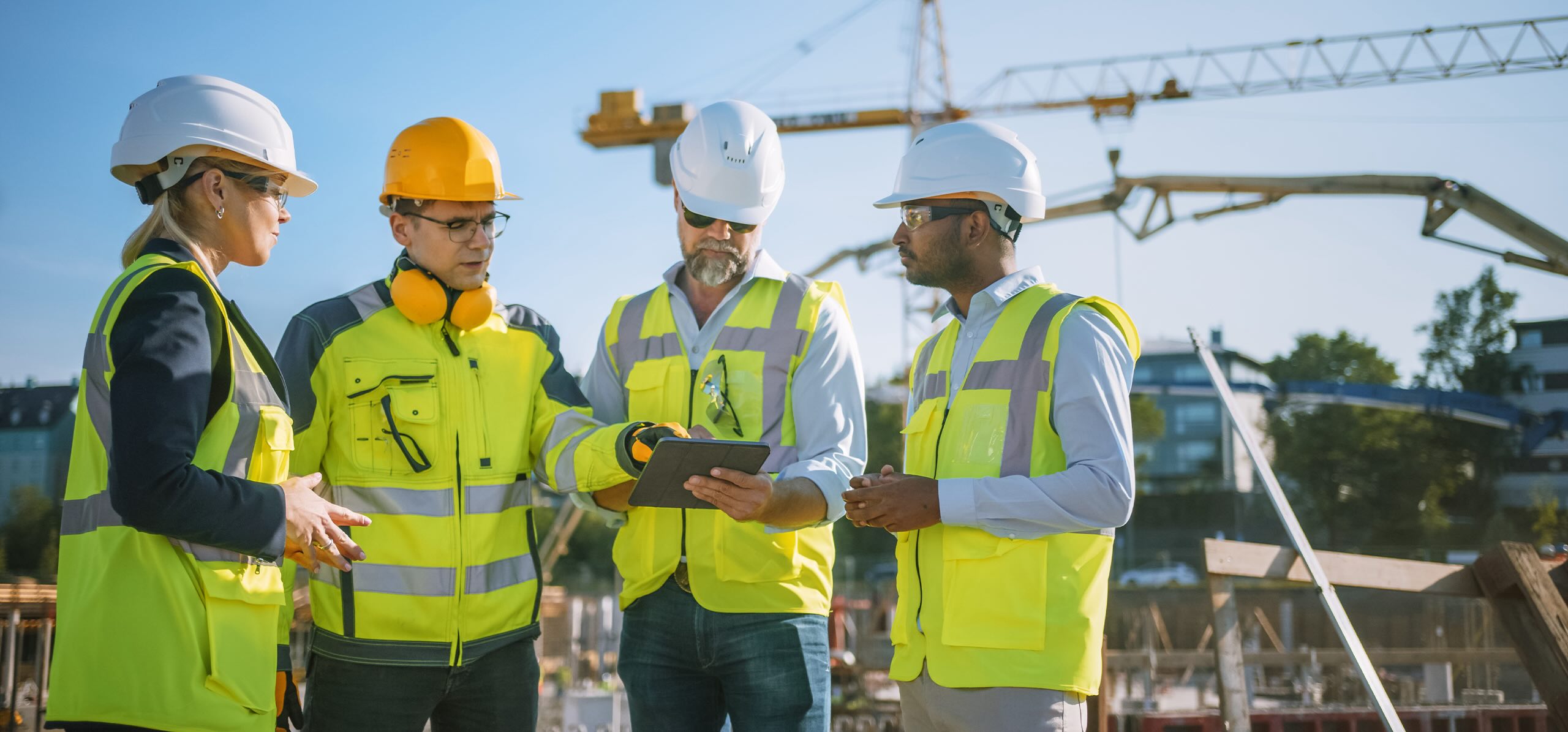
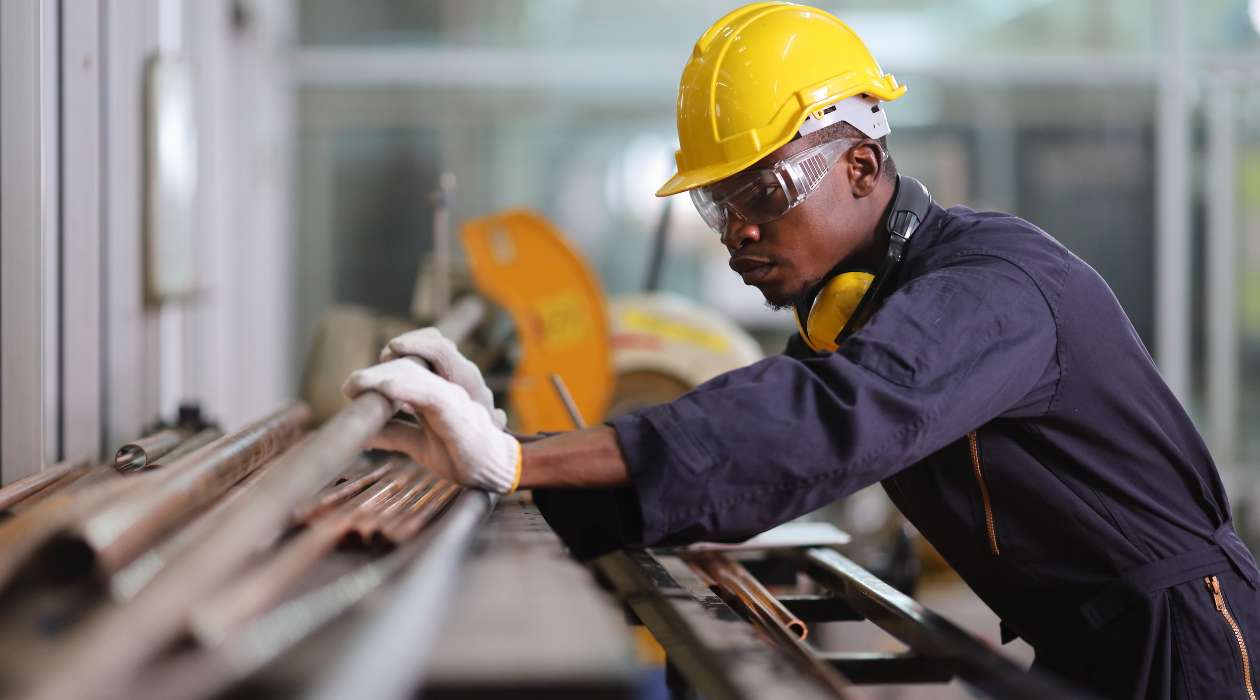

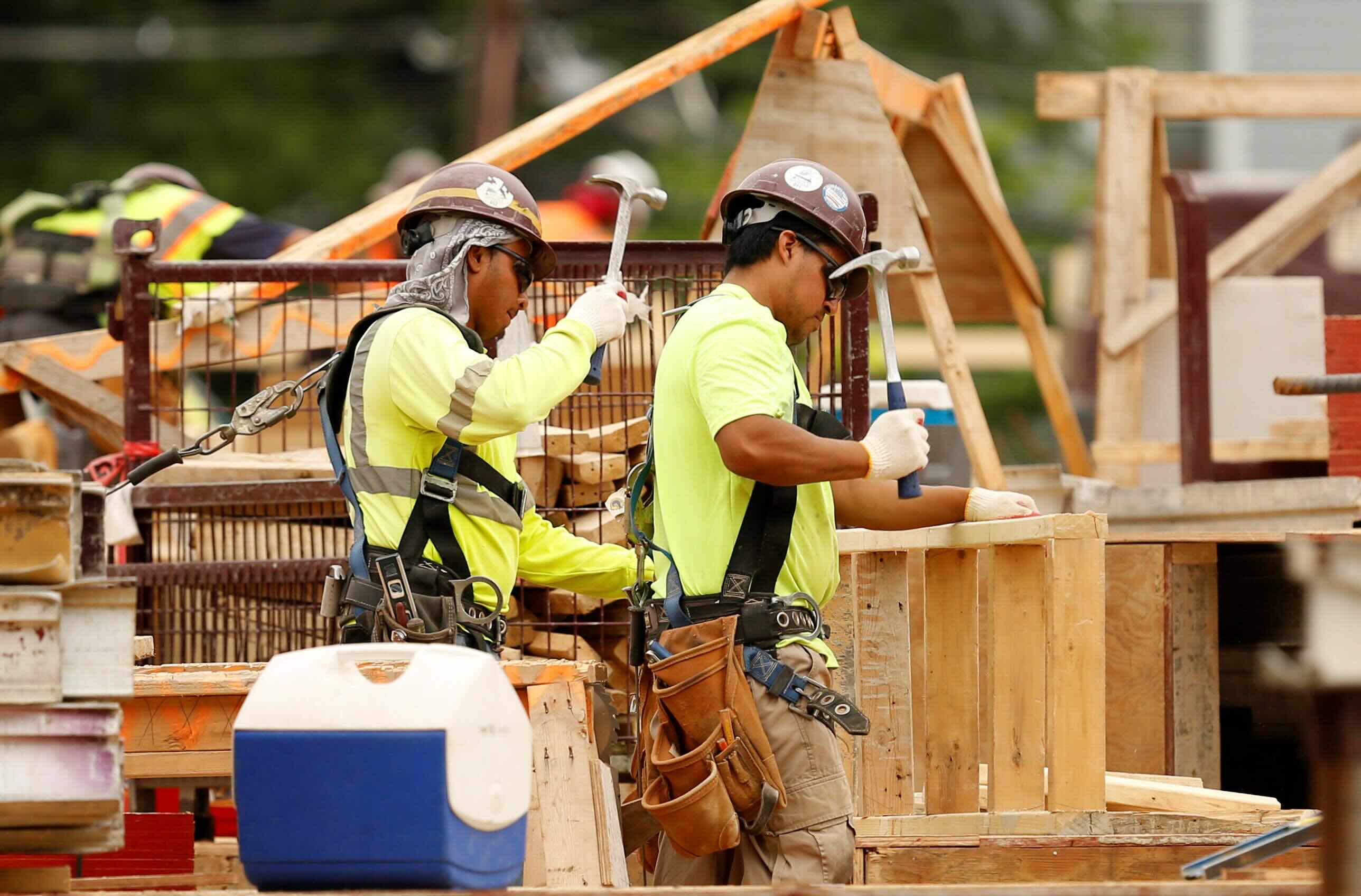
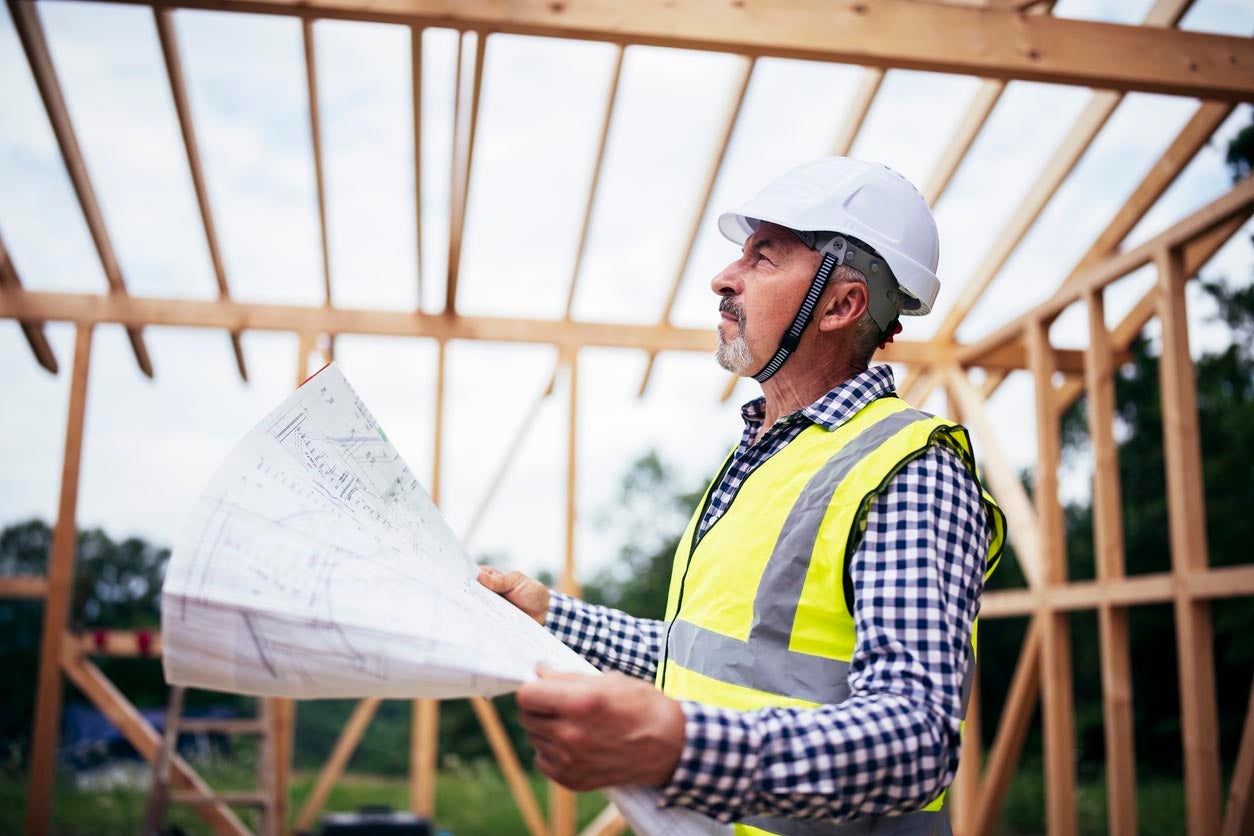
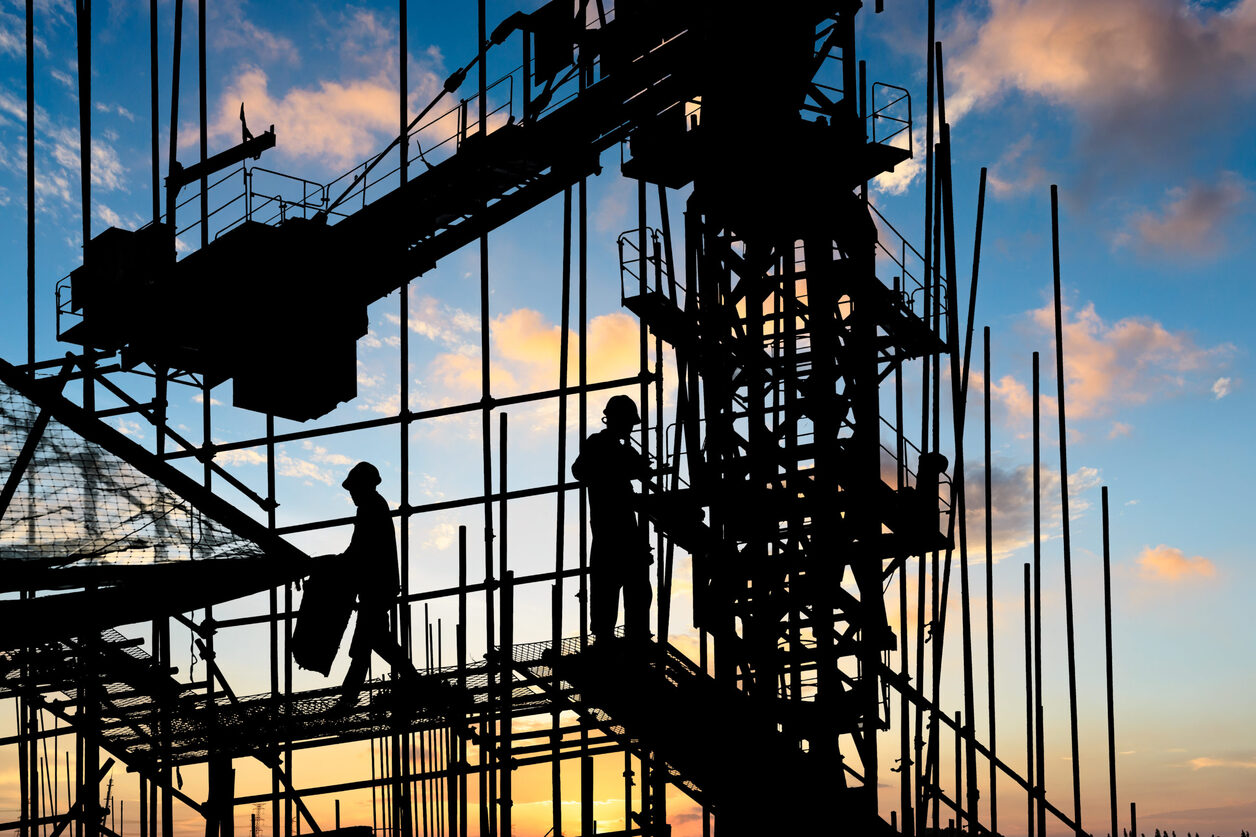

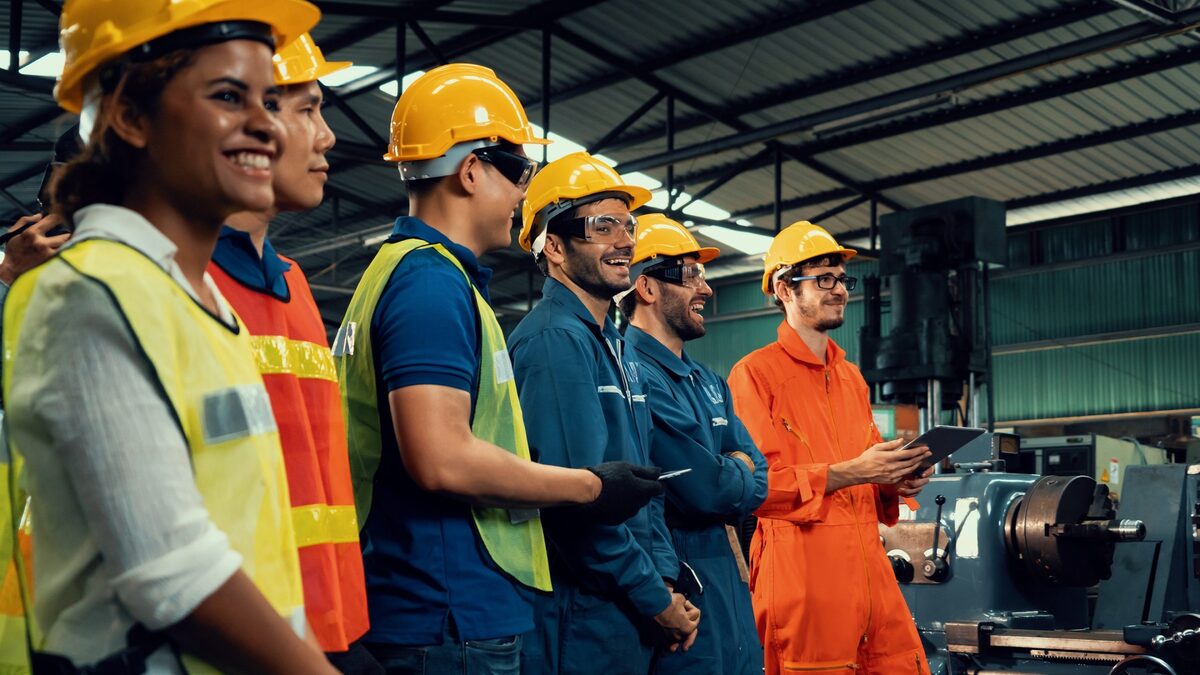

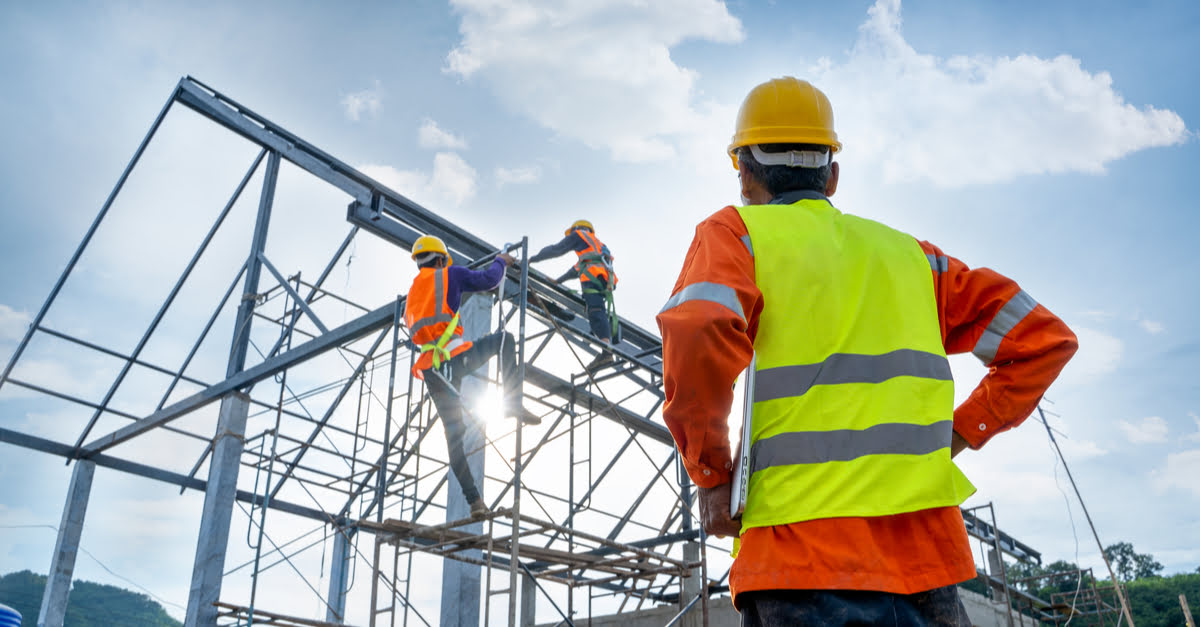
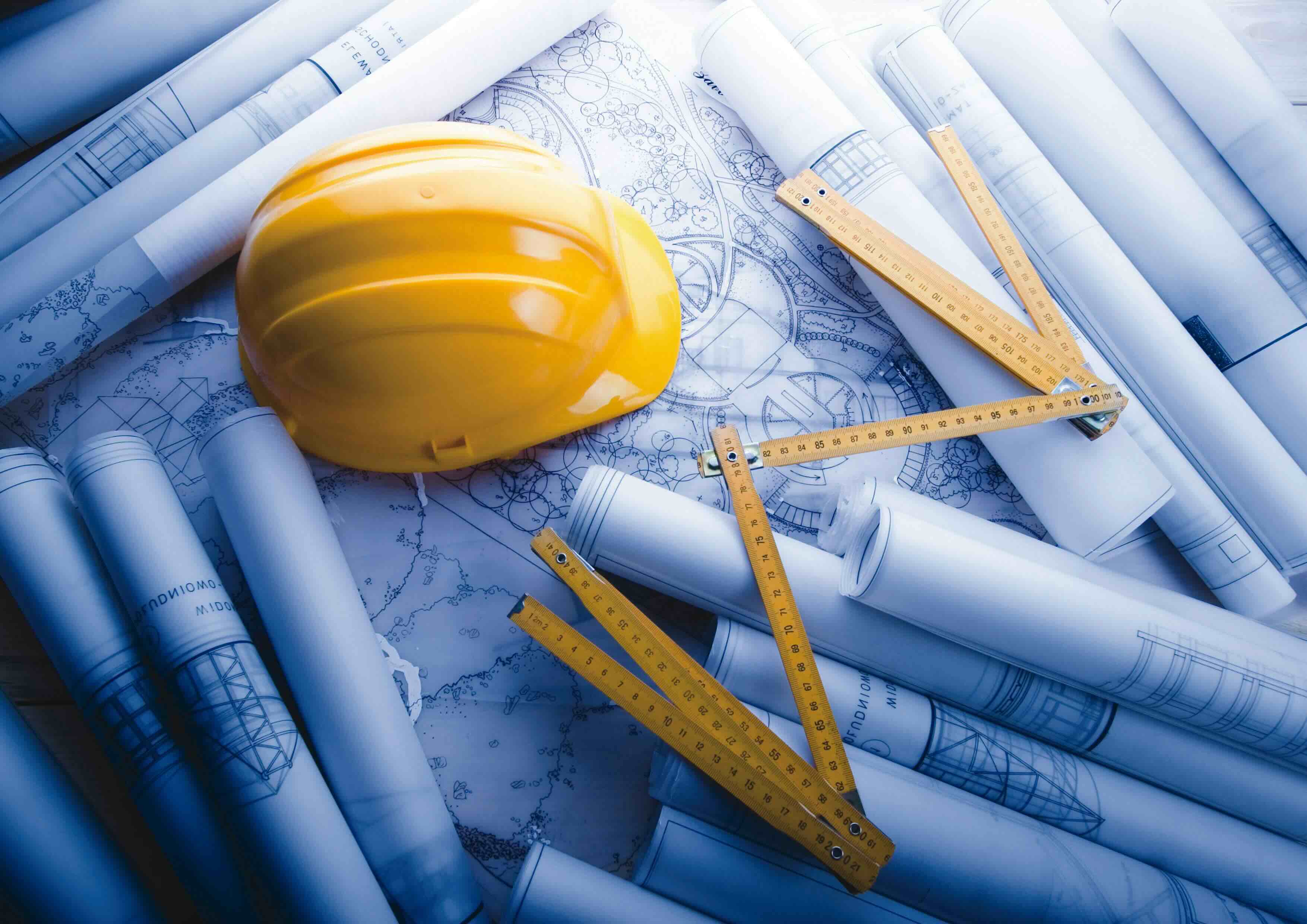



0 thoughts on “What Is The Construction Industry”